Table of Contents
Nestled within the Arctic Circle, Norway’s northernmost regions are home to a remarkable group of inhabitants who have learned to thrive in the challenging and unique environment of the Arctic. With its stunning landscapes, resilient communities, and deep connection to nature, life in the Land of the Midnight Sun offers a captivating glimpse into the human spirit’s ability to adapt and flourish in even the harshest of conditions. In this article, we delve into the lives of Norway’s Arctic inhabitants, exploring their cultural richness, traditions, and the remarkable ways they’ve embraced the challenges of their remote home.
nullExplore this link for a more extensive examination of the topic: All About the Ocean
Arctic Geography
Norway’s Arctic region, known as “Nord-Norge” or Northern Norway, spans the northernmost counties of Troms and Finnmark. Here, the landscape is dominated by fjords, mountains, and the vast Arctic tundra. The region is known for its extreme temperatures, with winter nights shrouded in darkness and summer days bathed in the ethereal glow of the midnight sun.
Norway’s Arctic region, Nord-Norge or Northern Norway, is a place of captivating contrasts and natural wonders that have shaped the lives of its inhabitants for generations. Nestled within the northernmost counties of Troms and Finnmark, this vast expanse of land offers a unique and often surreal experience for those who venture here.
One of the defining features of Northern Norway is its dramatic and untamed landscape. Fjords, with their deep, crystalline waters, cut into the rugged coastline, creating a stunning backdrop of sheer cliffs and emerald-green forests. Towering mountains, their peaks often snow-capped, dominate the horizon, offering both challenging terrain for adventurers and a sense of awe for those who simply gaze upon them. Yet, it’s the expansive Arctic tundra that truly sets this region apart, a vast, seemingly endless wilderness of rolling hills, wetlands, and delicate Arctic flora.
The climate here is nothing short of extreme. Winter nights stretch on for what seems like an eternity, with the sun barely gracing the sky, and temperatures plummeting to levels that can test the hardiest of souls. But then comes the transformative summer season, when the polar night gives way to the ethereal phenomenon of the midnight sun. During this time, the sun never truly sets, casting an enchanting, perpetual glow across the landscape, and breathing life into the Arctic ecosystem.
Yet, beyond the sheer beauty of the land and the extremes of light and dark, Northern Norway is a region deeply tied to its people and their culture. The indigenous Sámi people, who have inhabited this region for centuries, have a profound connection to the land and its resources, particularly reindeer herding, which sustains their way of life. Their traditions and rich cultural heritage are an integral part of Northern Norway’s identity.
Moreover, this Arctic region is not only known for its natural beauty but also for its potential in scientific research and environmental conservation. As climate change continues to impact the Arctic at an alarming rate, Northern Norway serves as a critical vantage point for studying these changes and their repercussions on a global scale.
In conclusion, Northern Norway is a land of extraordinary contrasts and unparalleled beauty, where the timeless forces of nature have shaped a unique and resilient culture. It’s a place where the extremes of light and dark, the ruggedness of fjords and mountains, and the endurance of its people come together to create an unforgettable experience and a profound connection to the Arctic world.
For a comprehensive look at this subject, we invite you to read more on this dedicated page: Arctic Islam: the Midnight Sun, the ‘Isha Prayer, and Islamic Law and …

The Midnight Sun
One of the most distinctive features of life in the Arctic is the phenomenon of the midnight sun. During the summer months, the sun never sets, casting an enchanting golden hue over the landscape and allowing for extended daylight hours.
One of the most distinctive features of life in the Arctic is the phenomenon of the midnight sun. This awe-inspiring natural occurrence, which takes place during the summer months, is not just a geographical curiosity; it profoundly shapes the way of life, culture, and activities in the Arctic regions.
The midnight sun creates a surreal and enchanting landscape that seems almost otherworldly. During the peak of summer, especially in the polar regions, the sun remains visible above the horizon for an extended period, sometimes for several weeks. This phenomenon bathes the entire region in a mesmerizing golden glow, transforming the Arctic into a land of perpetual twilight. The sky takes on a soft and ethereal quality, casting long shadows and painting the landscape in shades of orange and pink.
This continuous daylight offers unique opportunities and challenges to the people and wildlife of the Arctic. For the indigenous communities living in these regions, the midnight sun is not just a natural event but a vital part of their cultural and traditional practices. It marks the season of abundance when hunting, fishing, and gathering are at their peak. The extra hours of daylight provide a precious window of time to gather essential resources for the long, harsh winter ahead.
The phenomenon also has a profound impact on the wildlife of the Arctic. It triggers a burst of activity among various species, from migratory birds to marine life. This period becomes a feeding frenzy, as organisms take advantage of the constant sunlight to forage and stock up on nutrients. It’s a time of plenty and growth, setting the stage for the survival of these species in the challenging Arctic environment.
The extended daylight hours also have a profound effect on the daily routines of Arctic inhabitants. Sleep patterns can become disrupted as the distinction between day and night blurs. Communities adapt by staying active for longer hours, and this unique lifestyle fosters a sense of camaraderie and resilience among the people who call the Arctic home.
Moreover, the midnight sun has become a draw for tourists and photographers from around the world. Travelers seek out this natural wonder to witness the surreal beauty it bestows upon the Arctic landscape. The experience of witnessing the sun hover endlessly above the horizon, casting its golden light on icebergs, fjords, and tundra, is a memory that stays with visitors for a lifetime.
In conclusion, the phenomenon of the midnight sun is not just a geographical quirk of the Arctic but a dynamic force that shapes the lives, cultures, and activities of its inhabitants. It’s a reminder of the extraordinary adaptability of nature and the profound ways in which the environment influences the traditions and rhythms of life in the far north. The midnight sun is not just a celestial marvel; it’s a living part of the Arctic’s identity, offering both challenges and blessings to those who embrace its continuous, golden embrace.
Should you desire more in-depth information, it’s available for your perusal on this page: 10 cool things to do under the midnight sun in Northern Norway

Harsh Climate
The Arctic climate is harsh, with frigid winters and persistent snow cover. These conditions present unique challenges and opportunities for the region’s inhabitants, shaping their way of life.
The Arctic climate, characterized by its harsh winters and persistent snow cover, is an environment like no other on Earth. These extreme conditions have not only defined the lifestyle of the Arctic’s inhabitants but have also given rise to a unique and resilient way of life that has evolved over millennia.
Adaptation and Survival: The relentless cold and snow of the Arctic necessitate exceptional adaptability and survival skills. Indigenous peoples of the Arctic, such as the Inuit and Yupik, have developed an intricate understanding of their environment, enabling them to thrive in these conditions. Their deep knowledge of ice formations, wildlife behavior, and weather patterns has been passed down through generations, allowing them to secure food, build shelter, and navigate through the vast frozen landscapes.
Traditional Subsistence: The Arctic’s climate has shaped traditional subsistence practices, with hunting, fishing, and gathering playing a central role in the livelihoods of its inhabitants. The region’s pristine waters and ice-covered seas teem with marine life, making it a rich source of sustenance. Seal, walrus, and whale hunting are not just economic activities but cultural traditions deeply intertwined with the community’s way of life.
Transportation Challenges: The persistent snow and ice create transportation challenges, especially in the absence of well-developed road networks. However, these challenges have led to the development of ingenious modes of transportation, including sleds and dog teams. In some cases, modern adaptations like snowmobiles have been integrated, offering a fusion of traditional and contemporary solutions.
Seasonal Cycles: The Arctic climate is characterized by distinct seasonal cycles, with prolonged periods of darkness in winter and continuous daylight in summer. These cycles profoundly influence daily routines, from the allocation of hunting and gathering activities to cultural celebrations and storytelling. The changing seasons also affect wildlife behavior, which is central to the subsistence activities of Arctic communities.
Cultural Heritage: The Arctic’s climate has given rise to a rich tapestry of cultural traditions and folklore. Stories of mythical creatures, heroic survival tales, and intricate artwork often draw inspiration from the environment and its challenges. These stories serve as a means of passing down knowledge, values, and a sense of identity from one generation to the next.
Climate Change Resilience: Paradoxically, the very climate that has shaped the Arctic’s way of life is now under threat due to climate change. As temperatures rise and ice melts, indigenous communities are at the forefront of dealing with the impacts. Their adaptability, based on generations of experience, is an invaluable resource in devising strategies to mitigate and cope with these changes.
In conclusion, the Arctic climate, with its frigid winters and persistent snow cover, is not just an environmental backdrop but a dynamic force that has profoundly influenced the lives, cultures, and traditions of its inhabitants. Through their resilience and deep understanding of the Arctic environment, these communities continue to thrive while facing the dual challenges of preserving their unique way of life and adapting to the rapidly changing climate.
Looking for more insights? You’ll find them right here in our extended coverage: How People Stay Happy in the Norewegian Town Where the Sun …
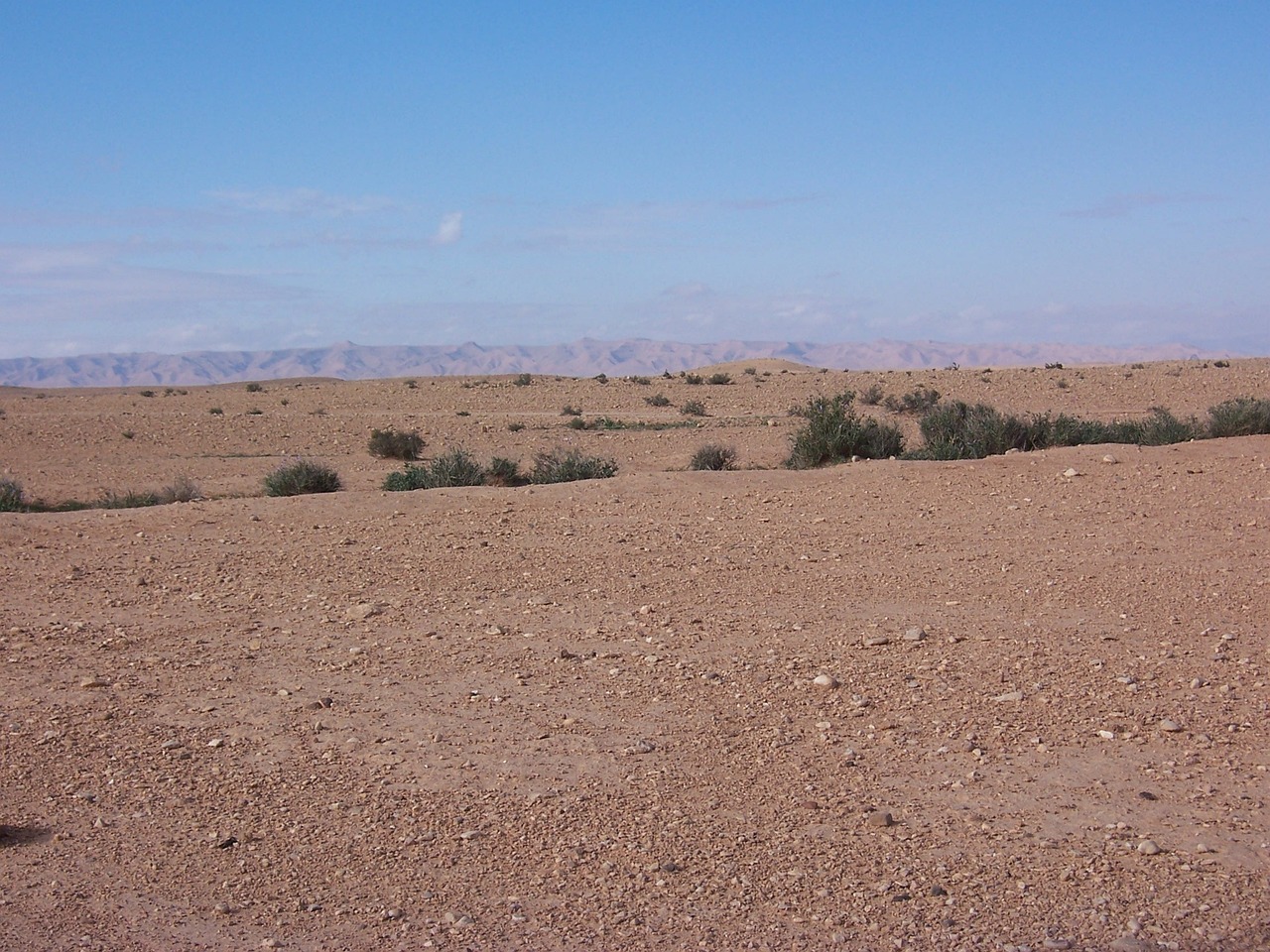
Indigenous Cultures
Northern Norway is home to several indigenous groups, each with its own rich cultural traditions. The Sami people, in particular, have a profound influence on the region’s identity.
nullFor a comprehensive look at this subject, we invite you to read more on this dedicated page: The Arctic | National Wildlife Federation
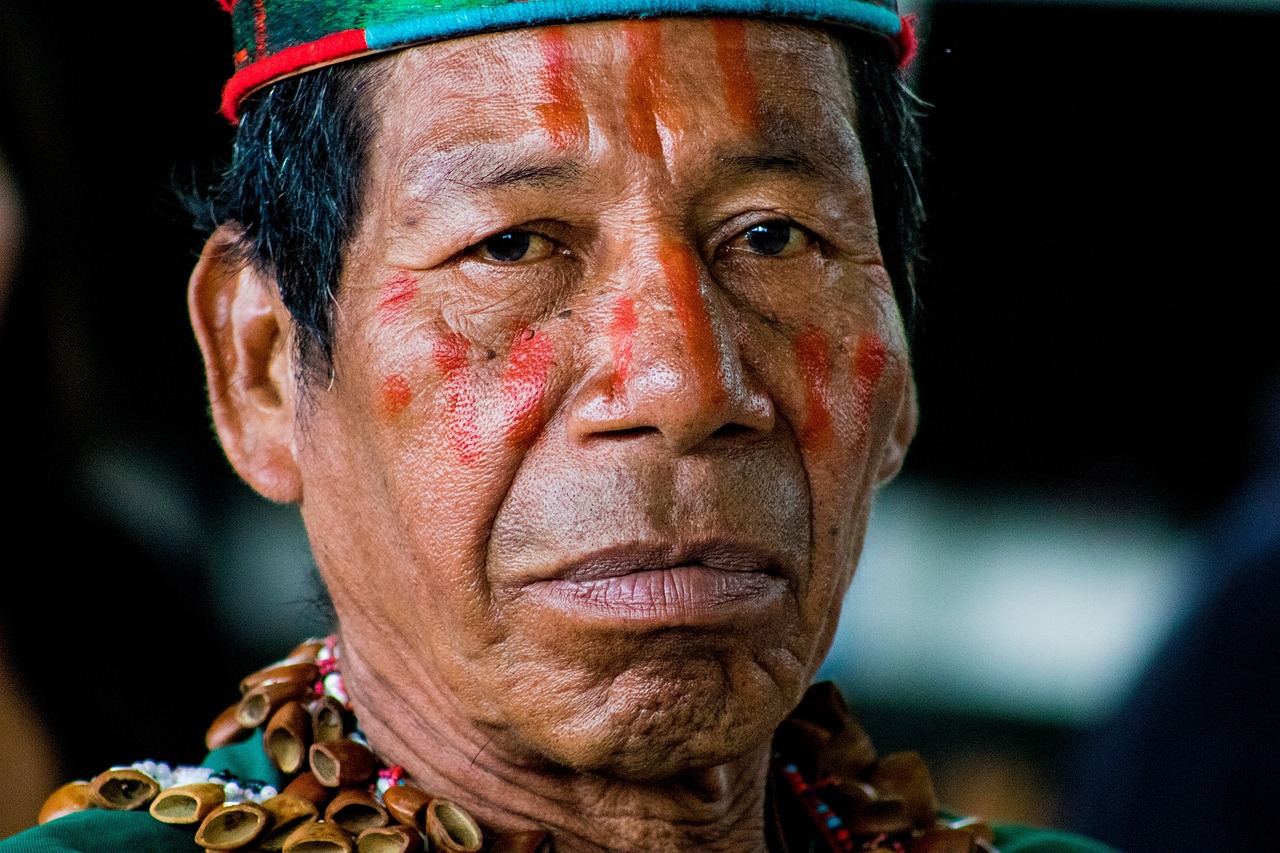
Sami Culture
The Sami people, indigenous to Northern Scandinavia, are known for their semi-nomadic reindeer herding lifestyle. Their vibrant culture is characterized by traditional clothing, yoiking (a unique form of song), and a deep connection to the land and its resources.
The Sami people, indigenous to Northern Scandinavia, are known for their semi-nomadic reindeer herding lifestyle, which is not only a means of sustenance but also a profound expression of their cultural identity. Their vibrant culture is characterized by traditional clothing, yoiking (a unique form of song), and a deep connection to the land and its resources.
At the heart of Sami culture is their intricate relationship with reindeer, which roam the vast Arctic tundra. The reindeer provide the Sami with not only food but also materials for clothing and tools, symbolizing their sustainable and holistic approach to nature. Through generations, the Sami have perfected the art of reindeer herding, a skill that requires an intimate understanding of the animals’ behaviors, migration patterns, and the ever-changing Arctic climate.
Traditional Sami clothing, often made from materials such as reindeer leather and fur, serves both practical and cultural purposes. These garments are not just protection against the harsh elements but also colorful symbols of Sami identity, showcasing intricate patterns and designs that vary among different regions and families. Each garment tells a unique story, reflecting the wearer’s heritage and experiences.
Yoiking, a distinctive form of song, is another cornerstone of Sami culture. It’s a soulful, melodic style of singing that often pays tribute to nature, ancestors, and personal experiences. Through yoiking, the Sami pass down their history, values, and emotions from one generation to the next. It’s a way of preserving their oral traditions and connecting with the spirits of their land.
The Sami people’s deep connection to the land and its resources goes beyond practicality; it’s a spiritual bond that is interwoven with their daily lives. The land provides them with not only sustenance but also a sense of belonging and purpose. It’s a source of inspiration for their art, music, and storytelling.
In recent times, the Sami have become vital guardians of the Arctic environment, advocating for sustainable practices and preservation of their ancestral lands. They are at the forefront of climate change research, using their traditional knowledge to raise awareness about the rapid transformations occurring in the Arctic due to global warming.
In essence, the Sami people are not just inhabitants of the Arctic; they are the living embodiment of a rich, resilient culture deeply intertwined with the land, its resources, and the traditions that have sustained them for centuries. Their story serves as a reminder of the importance of preserving indigenous cultures and the wisdom they hold in our ever-changing world.
Looking for more insights? You’ll find them right here in our extended coverage: Experience the Sami culture in Norway
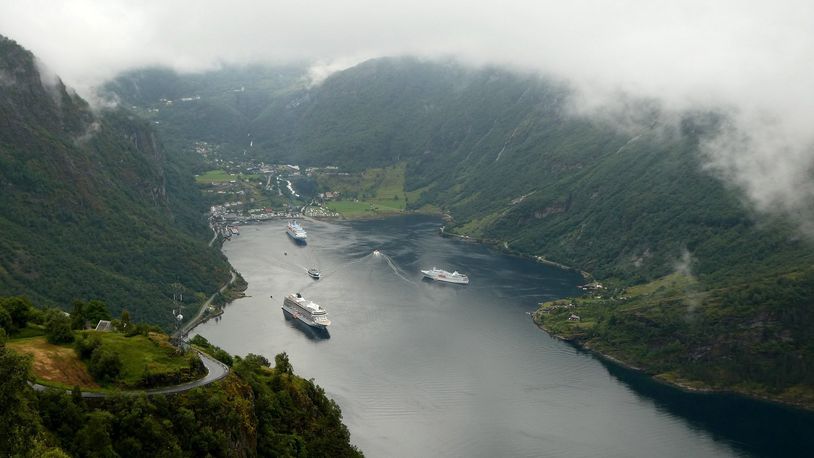
Coastal Communities
Along the coast, fishing has long been a way of life for many communities. Coastal inhabitants have developed a rich maritime culture centered on fishing and the sea.
The coastal regions of Northern Norway are not only breathtakingly beautiful but also serve as the lifeblood of the communities that call them home. The connection between the people and the sea has given rise to a rich maritime culture that is deeply woven into the fabric of daily life. Expanding on this idea:
Sustainable Fishing Practices: Coastal communities have an intimate understanding of the rhythms of the sea. Through generations of experience, they have developed sustainable fishing practices that ensure the health and longevity of marine ecosystems. By adhering to responsible fishing quotas and respecting breeding seasons, they contribute to the preservation of local fish populations.
Traditional Boat Building: The crafting of boats is a revered tradition in these coastal areas. Skilled artisans build vessels that are not just functional but also works of art, often adorned with intricate carvings and painted designs. These boats are designed to withstand the challenging Arctic waters, reflecting the importance of both form and function.
Culinary Delights: The bounties of the sea play a central role in the culinary traditions of coastal communities. Freshly caught fish and seafood, such as cod, haddock, and king crab, are staples of their diet. These ingredients are prepared in a variety of ways, from traditional smoking and drying techniques to modern culinary innovations that showcase the region’s gastronomic creativity.
Cultural Festivals: The sea is not just a source of sustenance but also a wellspring of culture and community identity. Coastal communities celebrate their maritime heritage through festivals and events that feature boat races, seafood feasts, and storytelling sessions. These gatherings strengthen the bonds between generations and keep traditions alive.
Resilience in the Face of Change: In an era of climate change and shifting marine ecosystems, coastal communities face challenges such as fluctuating fish populations and unpredictable weather patterns. Yet, their resilience shines through as they adapt to new realities, exploring alternative livelihoods like eco-tourism and sustainable aquaculture.
Environmental Advocacy: Recognizing the importance of safeguarding their natural surroundings, coastal inhabitants often take on the role of environmental stewards. They actively engage in efforts to monitor and protect the fragile Arctic marine ecosystems, collaborating with scientists and policymakers to ensure the long-term health of their environment.
In conclusion, life along the coast of Northern Norway is a testament to the enduring connection between humans and the sea. The rich maritime culture, with its sustainable practices, culinary delights, and deep-rooted traditions, not only sustains these communities but also offers a source of inspiration for those seeking harmony with the natural world. As they face the challenges of the future, coastal inhabitants remain steadfast in their commitment to preserving their way of life and the pristine beauty of the Arctic seas that surround them.
Looking for more insights? You’ll find them right here in our extended coverage: Top 10 destinations in Norway | Most popular destinations

Arctic Adaptations
Life in the Arctic requires resourcefulness and adaptability, and the people of Northern Norway have honed their skills over generations.
Life in the Arctic demands a unique set of skills, a deep connection to nature, and an unwavering spirit of resilience. In the remote and challenging landscapes of Northern Norway, the people have honed these abilities and passed them down through generations, forming a rich tapestry of cultural heritage and traditions that are as enduring as the region’s frozen wilderness.
The Arctic environment, with its extreme cold, long winters, and ever-changing weather, necessitates resourcefulness in every aspect of life. From hunting and fishing to shelter construction and transportation, every facet of survival in this harsh terrain demands innovation and adaptability. The people of Northern Norway have cultivated a profound understanding of their surroundings, recognizing the subtle cues of nature that foretell shifts in weather or the migratory patterns of animals. This intimate knowledge has not only allowed them to thrive but has also enabled them to sustain their unique way of life for centuries.
One of the most emblematic practices of this region is reindeer herding. For the indigenous Sámi people, reindeer herding isn’t just a means of sustenance; it’s a deeply ingrained part of their identity and culture. Through the generations, they have perfected the art of understanding and caring for these majestic animals, using them not only for food but also for transportation and clothing. Their herding traditions are a testament to the harmonious coexistence between humans and nature, demonstrating how deeply intertwined the two can be in even the most challenging environments.
The skills developed by the people of Northern Norway extend beyond practical survival techniques. They encompass a rich tapestry of cultural traditions, storytelling, music, and art. These traditions serve as a bridge between the past and the present, connecting generations and ensuring that the collective wisdom of their ancestors remains alive. In a world marked by rapid change, these cultural practices serve as anchors, reminding the people of Northern Norway of who they are and where they come from.
As we navigate the complexities of the modern world, there is much we can learn from the people of Northern Norway. Their resourcefulness, adaptability, and deep respect for nature are not only admirable but also increasingly relevant as we grapple with environmental challenges and the need for sustainability. Their ability to thrive in one of the harshest environments on Earth is a testament to the human capacity to overcome adversity and find harmony with the natural world. Their story is a reminder that, even in the most formidable landscapes, the human spirit can flourish when guided by tradition, resilience, and a profound connection to the Earth.
To delve further into this matter, we encourage you to check out the additional resources provided here: All About the Ocean
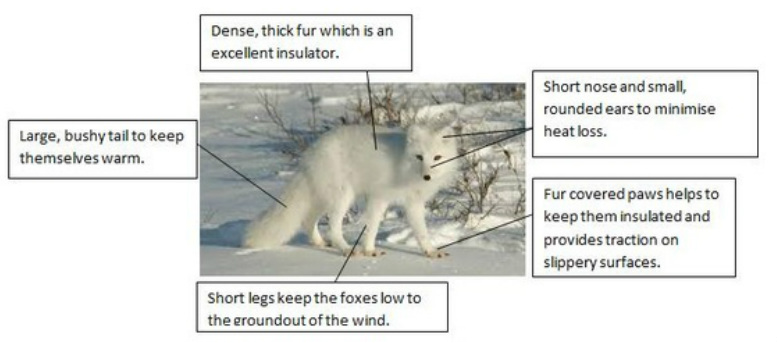
Traditional Skills
Indigenous communities, in particular, have preserved traditional knowledge and skills essential for survival in the Arctic. These include crafting clothing from natural materials, navigating the tundra and fjords, and surviving in extreme conditions.
nullAdditionally, you can find further information on this topic by visiting this page: 10 cool things to do under the midnight sun in Northern Norway
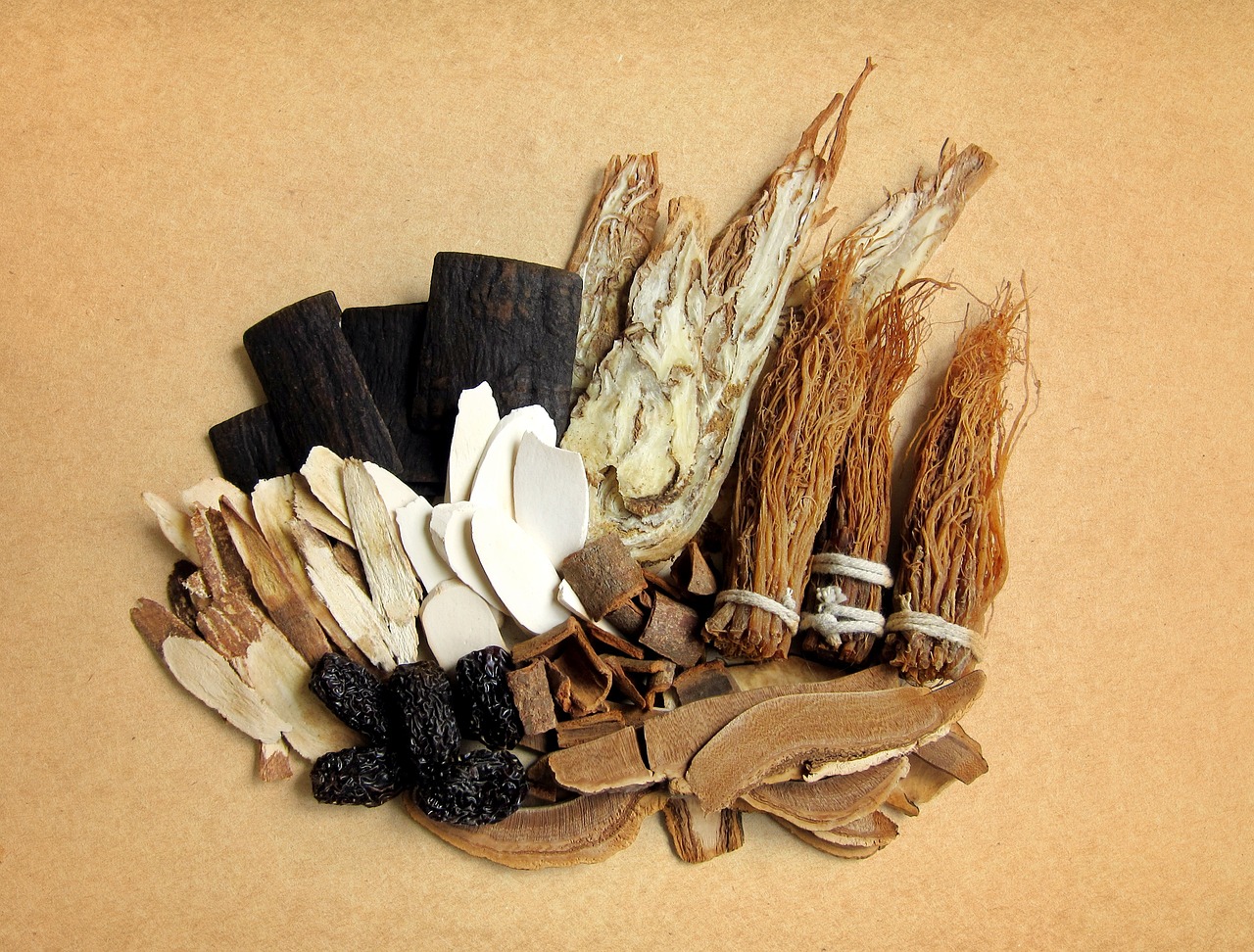
Modern Innovations
While traditional practices are integral, modern technology and innovations play a vital role in Arctic life. Snowmobiles, GPS, and advanced clothing materials are examples of how technology has improved everyday life in the region.
While traditional practices undeniably remain at the core of Arctic life, it’s crucial to recognize the significant impact that modern technology and innovations have had on the region. These advancements have not only enhanced daily life but also contributed to the resilience and adaptability of Arctic communities.
Take, for instance, the ubiquitous snowmobile. In a land where vast distances and extreme weather conditions can be formidable barriers, the snowmobile has revolutionized transportation. It allows residents to traverse the Arctic’s rugged terrain swiftly and efficiently, ensuring the timely delivery of essential goods, medical services, and access to remote areas for hunting and gathering. The snowmobile is a testament to how technology can bridge geographical gaps and improve the overall quality of life.
Global Positioning System (GPS) technology is another game-changer for Arctic inhabitants. In a region characterized by featureless landscapes and ever-shifting ice, navigation is a challenge. GPS devices have become indispensable tools for precise location tracking, ensuring safe travel and facilitating accurate mapping of traditional hunting and fishing grounds. They have not only improved safety but also helped in the preservation of ancestral knowledge by allowing for the precise documentation of vital landmarks and routes.
Moreover, advancements in clothing materials have had a profound impact on Arctic survival. High-tech materials like synthetic insulated fabrics and waterproof membranes have greatly increased the warmth and comfort of Arctic clothing, reducing the risk of cold-related injuries. These innovations have allowed people to withstand the harsh climate for extended periods, making traditional activities like ice fishing and dog sledding more feasible and less perilous.
While modern technology brings undeniable benefits to Arctic life, it is essential to strike a delicate balance between tradition and innovation. Arctic communities are acutely aware of the need to preserve their cultural heritage and close ties to the land. Hence, they approach technology with a mindset that values sustainability, incorporating these innovations in ways that respect their deep-rooted traditions and the delicate Arctic ecosystem.
In summary, traditional practices and modern technology coexist harmoniously in Arctic life. These innovations, from snowmobiles to GPS devices and advanced clothing materials, have not only improved everyday life but also reinforced the resilience of Arctic communities in the face of the region’s unique challenges. It’s a testament to the adaptability and ingenuity of those who call the Arctic home, showcasing how tradition and innovation can complement each other in the most extreme of environments.
If you’d like to dive deeper into this subject, there’s more to discover on this page: Greenland: The Land of the Midnight Sun
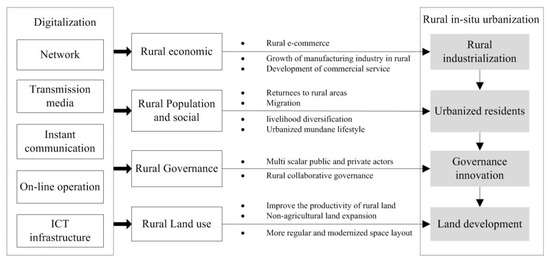
Sustainable Practices
Northern Norway’s inhabitants are deeply committed to sustainable practices that ensure the long-term health of their environment. Responsible hunting, fishing, and reindeer herding practices are vital for their way of life and ecosystem preservation.
Northern Norway stands as a testament to the harmonious coexistence of humans and nature, where the inhabitants’ commitment to sustainable practices is both a way of life and a profound responsibility. In this remote region, the connection between the land and its people runs deep, and their dedication to preserving their environment for generations to come is unwavering.
Responsible hunting is not merely a pastime here; it is an integral part of the ecosystem. The careful management of wildlife populations ensures that species thrive and the delicate balance of nature is maintained. The hunters in Northern Norway take pride in their sustainable practices, ensuring that only what is necessary is taken from the land, leaving minimal ecological impact.
Fishing, too, plays a pivotal role in their livelihoods and sustainability efforts. These coastal communities have perfected the art of responsible fishing over centuries. They understand that the health of their oceans is directly linked to their well-being, and as such, they employ sustainable fishing methods to protect fish stocks and marine habitats. It’s not just about taking from the sea but also about giving back through conservation.
Reindeer herding is another practice deeply rooted in their culture. These indigenous communities have herded reindeer for centuries, and they continue to do so with utmost respect for the animals and their natural habitats. The herders’ intimate knowledge of the land and the reindeer’s behavior allows them to graze their herds in a way that minimizes impact on fragile Arctic ecosystems.
What sets Northern Norway apart is not just their sustainable practices but their holistic approach to environmental stewardship. These communities recognize that their well-being is inextricably linked to the health of their surroundings. They actively engage in conservation efforts, educating the younger generation about the importance of preserving their unique environment.
In essence, Northern Norway serves as an inspiring example of how responsible and sustainable practices can be the lifeblood of a community. Their commitment to the land, its wildlife, and their cultural traditions showcases the deep respect they have for their environment. It is a lesson in the delicate dance of humans and nature, where each step is taken with utmost care to ensure a harmonious coexistence for generations to come.
To expand your knowledge on this subject, make sure to read on at this location: All About the Ocean

Life in the Land of the Midnight Sun is a testament to human resilience, cultural richness, and the profound connection between people and their environment. As the Arctic faces the challenges of climate change and globalization, the inhabitants of Northern Norway stand as guardians of their traditions and stewards of the unique ecosystems that surround them.
Their ability to thrive in one of the world’s harshest environments is a reminder of the remarkable adaptability and strength of the human spirit. Moreover, their commitment to preserving their cultural heritage and the pristine Arctic landscapes underscores the importance of sustainable living and the harmonious coexistence of humanity with nature. Northern Norway is not just a region; it is a living testament to the beauty and resilience of Arctic life.
If you’d like to dive deeper into this subject, there’s more to discover on this page: Arctic Islam: the Midnight Sun, the ‘Isha Prayer, and Islamic Law and …
More links
Looking for more insights? You’ll find them right here in our extended coverage: The Land of the Midnight Sun | Norwegian Travel
